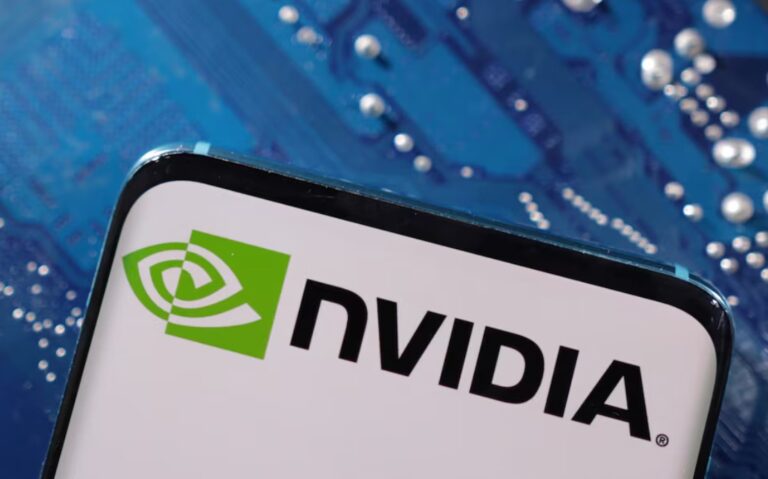
In a dramatic demonstration of both success and setback, SpaceX’s Starship prototype has once again showcased the thrill and unpredictability of cutting-edge space technology. The latest high-altitude test flight, which took place at the company’s Starbase facility in Boca Chica, Texas, ended in a bittersweet moment: a flawless landing followed by an unexpected explosion minutes later.
A Smooth Descent
The massive stainless-steel rocket, designed to eventually carry humans to the Moon, Mars, and beyond, launched successfully and performed a series of in-flight maneuvers before descending toward the landing pad. After numerous previous attempts that ended in fiery crashes, this test marked a significant improvement in flight control, guidance, and landing precision.
Spectators and live-stream viewers watched with anticipation as the spacecraft gently touched down—a moment that elicited cheers across the SpaceX team and global space community.
A Sudden Turn
However, just minutes after the successful landing, the celebration was cut short. Flames began to emerge near the base of the rocket, followed by a violent explosion that sent debris flying. The cause of the post-landing explosion is still under investigation, but early signs point to a fuel leak or pressurization issue in the methane and oxygen tanks.
Progress Through Failure
Despite the fiery end, SpaceX founder Elon Musk took to social media to emphasize the mission’s success. “Landing was great! Data from today’s test will be invaluable for future flights,” Musk tweeted shortly after the explosion. He later acknowledged that a small methane leak might have triggered the explosion but praised the engineering team for achieving the best landing to date.
SpaceX has long adopted a philosophy of rapid prototyping and learning from failure. While some critics question the safety and cost of such an approach, it’s hard to argue with the results—each test flight brings the company one step closer to a fully reusable launch system capable of interplanetary travel.
The Bigger Picture
Starship is the centerpiece of Musk’s vision for colonizing Mars and revolutionizing space travel. With NASA already investing in the system as part of its Artemis program to return humans to the Moon, each successful milestone—landing or not—is a critical step in validating the rocket’s capabilities.
The explosion, though dramatic, is not a deal-breaker. In fact, for many engineers and spaceflight veterans, it’s part of the process.







